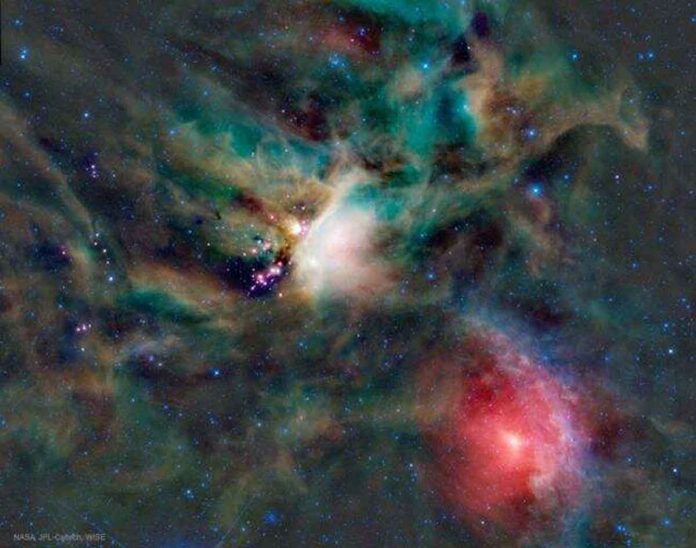The process of star formation is arguably the most important in the universe. Stars produce all chemical elements except hydrogen and helium during their lifetimes and then with their deaths (produced in the big bang). Stars nurture the birth of planets and smaller bodies in their youth, and their demise results in supernovae, super-dense bodies such as black holes, neutron stars, or white dwarfs, and nebulae.
Stars emit vast amounts of energy into the cosmos at various wavelengths, warming planet surfaces, facilitating interstellar chemistry, and lighting up galaxies across all cosmic epochs. Star formation governs the palette of the sky and its rainbow of attributes by determining the locations, abundances, and relative masses of stars.
At least in our current epoch, stars form when massive clouds of molecular gas collapse due to gravity. However, in the Milky Way, this process is extremely inefficient; only about 1% of the available material ends up as a star. Astronomers believe one reason is that the outward pressure of turbulent supersonic gas motions (gas moving faster than the speed of sound) and outflows from supernovae, winds, or jets produced by an earlier generation of stars prevent star-forming cores from developing. At least, this is how low-mass stars appear.
Observations of young massive stars, on the other hand, sometimes suggest that high mass stars form precisely where gas turbulence prevents low mass stars from developing until enough mass accumulates for massive stars to be born. Many mysteries remain due to the many complexes, and intertwined physical processes involved, including why stars form with such low efficiency, why they have the masses that they do, why and how they form in clusters, and why some are in multiple systems while others are not.
Computer simulations can provide important insights into these issues. Astronomers have been working on improving their codes and comparing them to observations for decades. The task is daunting because not only are many different physical processes at work, but they also interact with one another, and critical steps occur across spatial scales ranging from hundreds of light-years to the immediate vicinity of the embryonic star, and timescales ranging from millions of years to days. All of this must be accurately accounted for in a realistic simulation of star formation.
Anna Rosen, a CfA astronomer, and her colleagues created the first giant molecular cloud simulation, which tracks the formation of individual stars and their feedback from jets, radiation, winds, and supernovae. It improves on their previous codes, which included gravity, magnetic fields, and turbulence but produced unrealistically high star formation efficiencies and an excess of massive stars.
The new numerical simulation follows star formation in a cloud for approximately 8 million years, using approximately 160 million steps, some separated by only a day. It avoids the flaws of previous codes while maintaining overall consistency with their more accurate results. It also comes to some important conclusions, including the fact that protostellar jets are a dominant source of feedback that inhibits stellar birth—supernovae feedback occurs too late in the birth cycle to seriously disrupt the development of other stars in the nursery.
This groundbreaking achievement, published in the Monthly Notices of the Royal Astronomical Society, is the first of its kind to model the formation of a stellar cluster while tracking the formation, accretion, motion, evolution, and feedback of individual stars and protostars, with feedback from all major channels: protostellar jets, stellar winds, stellar radiation, and core-collapse supernovae.

